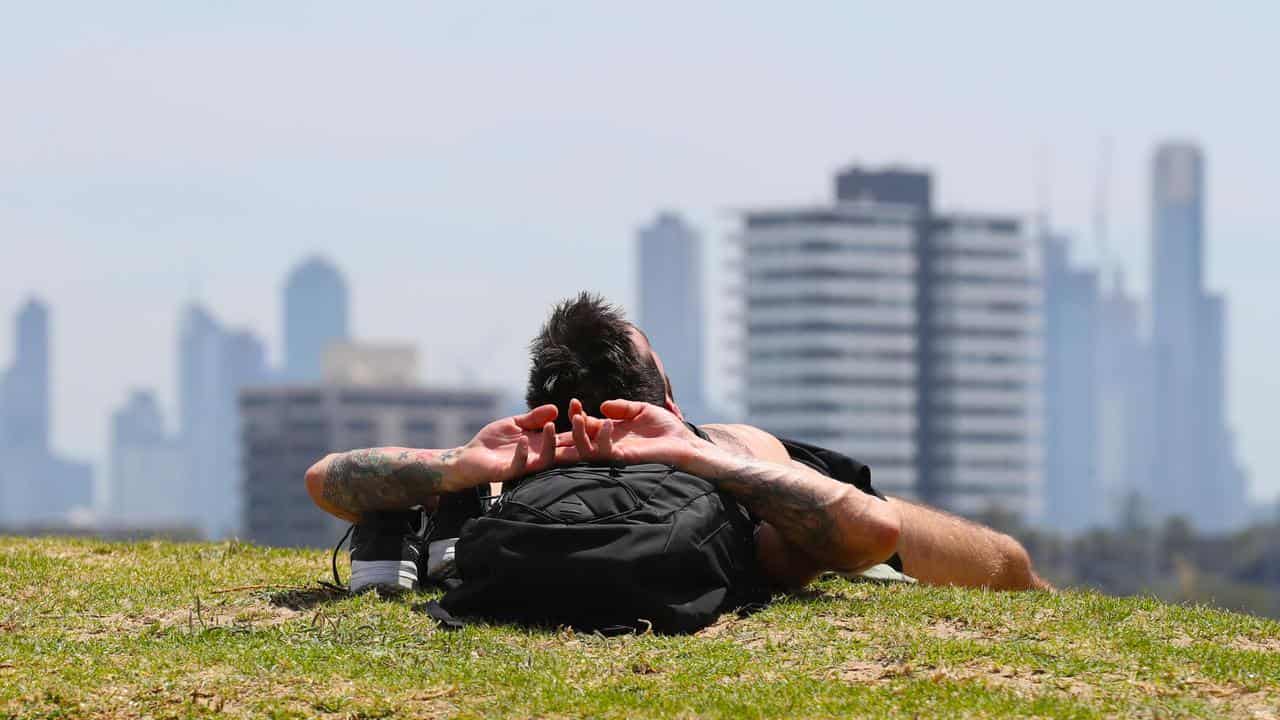
Australia has been urged to follow Spain's lead and start naming heatwaves so people grasp how lethal and disruptive they can be.
Heatwaves are Australia's deadliest natural hazard and climate change means they are now more frequent, more intense and last longer.
But experts say people have been slow to fully understand how dangerous they are, and it might be time to start naming them, like cyclones, to emphasise the risks.
A new report released on Friday by Renew - a group that campaigns for more sustainable homes - has looked at what Spain is doing to combat extreme heat.
And it says there are plenty of lessons for Australia.

Renew's Rob McLeod travelled to Spain late last year to conduct the research and says naming heatwaves seems to be a powerful way to grab public attention, and mobilise action to protect human health.
The arid, southern city of Seville became the first in the world in 2022 to begin naming its worst heatwaves, which are also categorised under a three-tiered rating system that reflects their severity.
Crucially, expected health impacts are factored into those ratings, alongside more traditional benchmarks like anticipated temperatures, and humidity.
“In Spain, improved public understanding of the dangers of heatwaves, coupled with a national heatwave plan, has helped save lives. We should consider adopting a framework for alerts and communications here that builds on Seville’s heatwave naming approach," Mr McLeod says.
“Heatwaves have killed more people in Australia than any other natural disaster since 1900, and without sustained and ambitious policies to improve our resilience to extreme heat the challenge will get even harder.”
Earlier this week, the European climate agency Copernicus said 2023 was the hottest year the planet has ever recorded.
And Australian authorities have repeatedly warned of increasing hospitalisations and deaths here without a concerted plan to better manage heat-related threats.
Heatwave expert Sarah Perkins-Kirkpatrick, from the University of NSW, is one of many who say Australia is severely lagging in the global race to address the escalating heat threat.

She thinks naming heatwaves might prompt the kind of psychological gear shift that's needed to get people planning and thinking about how they manage risks to their safety and wellbeing, like they might before a cyclone.
"We do need to take it more seriously and anything that helps people do that is the right thing to do," she says.
"The climate is moving, it's no longer stable and that means we're seeing a huge increase in the frequency and severity of heatwaves and their corresponding impacts.
"Communicating that in a way for non-experts ... that makes people sit up and notice and not think 'oh it's just another few hot days' is really, really important."
A recent report by the Australian Institute of Health and Welfare found severe heat accounted for about 7000 of the 9000 hospitalisations caused by extreme weather in the decade to 2022.
Heat also led the death toll, accounting for 293 of 677 weather-related deaths recorded nationally during that time.
The Bureau of Meteorology's heatwave warning service already ranks heatwaves under a three-tiered system that labels them low-intensity, severe and extreme.
It says it works closely with health and emergency services, but "due to the complex nature of heatwaves, there are no current plans to name heatwaves in Australia".









